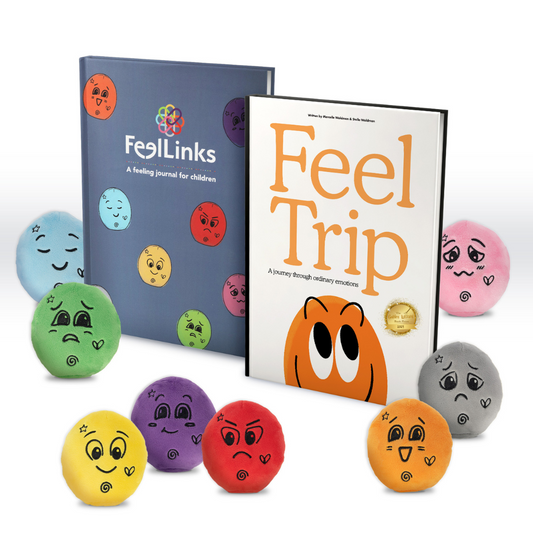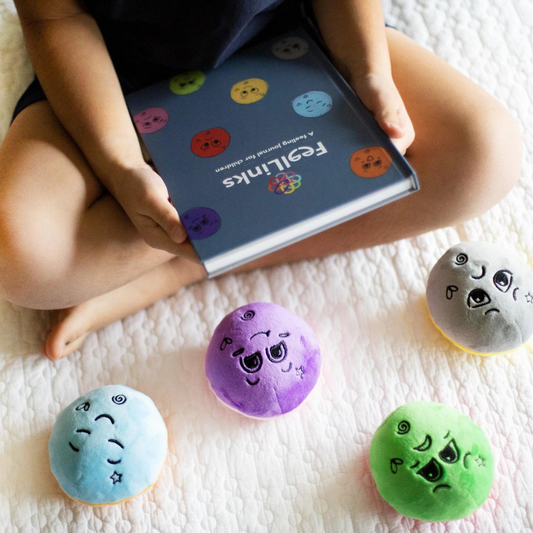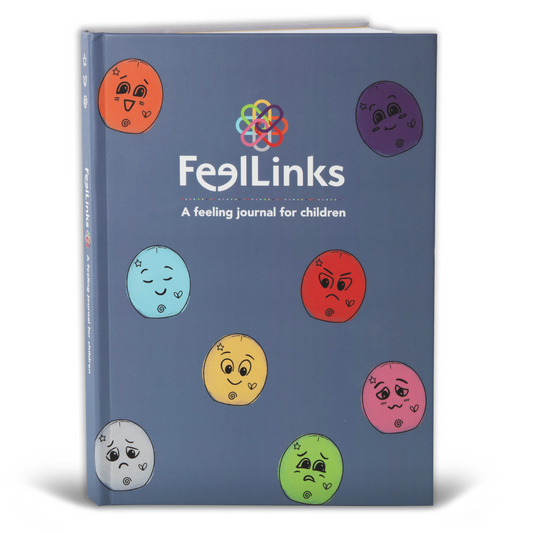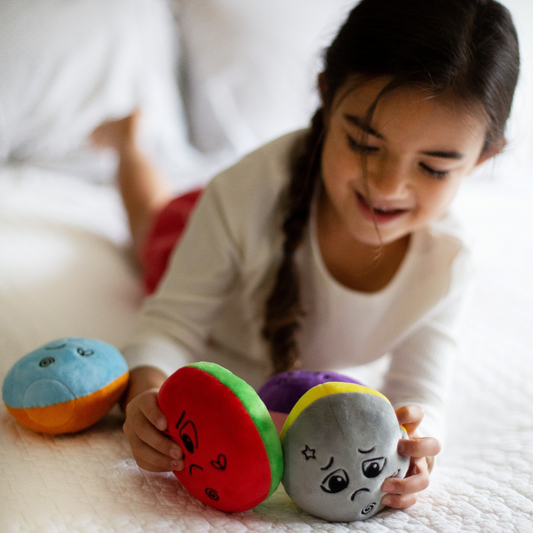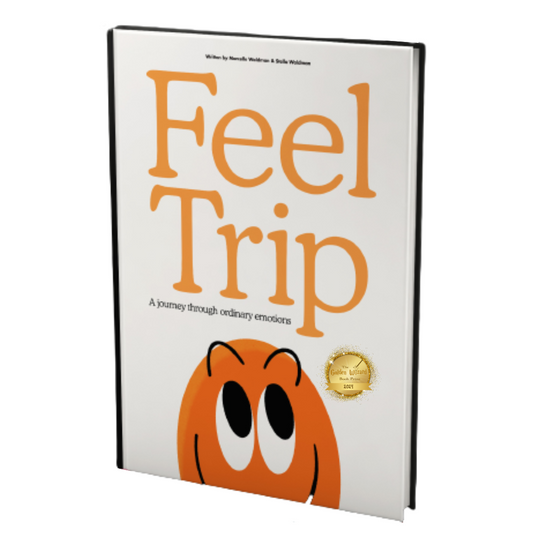Teaching Social Emotional Learning At Home
Share

My two children sharing a book with fun brain games. One great way to work on social skills at home.
The term “social-emotional learning” or SEL for short, has been a part of our vocabulary for some time now. In fact, the concept of SEL can be traced back to ancient Greece where Plato proposed education to include: art, math, science, physical education, morals and character education. Now, more than ever, it seems to be at the forefront of home, school, and community conversations…and I could not feel more ecstatic about that!
A Brief History of Social Emotional Learning
In the 1960’s, James Comer, from Yale’s School of Medicine’s Child Study Center, piloted a program in New Haven, Connecticut. He launched the program in two very low achieving and low attendance schools. By 1980, he found that the schools’ new, creative and collaborative approach with partnerships between parents, teachers, administrators and mental health staff, and other teachings and interventions, showed a significant decline in behavior problems and substantial growth in school attendance. By 1988, Comer wrote an article to report his findings.
Around the same time, a group of leading school-based researchers created and released the first framework for schools which we now call, “social emotional learning.” The team wrote up what was necessary for children to achieve learning in the area of SEL - "identifying and labeling feelings, expressing feelings, assessing the intensity of feelings, managing feelings, delaying gratification, controlling impulses, and reducing stress." As time marched on, The Collaborative for Academic, Social and Emotional Learning (CASEL), originally named, The Collaborative to Advance Social and Emotional Learning, was created at Yale University (presently resides at the University of Illinois). CASEL’s mission is “helping make evidence-based social and emotional learning an integral part of education from preschool through high school.”
Daniel Goleman approached the scene in 1995 with his book, Emotional Intelligence: why it can matter more that IQ. Dr. Goleman popularized the term emotional intelligence, which is what we acquire through social-emotional learning.
Presently, social-emotional learning curriculum is taught in many of our schools here in the United States. Unfortunately, it is not taught and valued in every school, as it should be.
Now that I have given you a brief history lesson of SEL in schools, I want to focus on nurturing social-emotional learning in our homes. My very important message to you is this - social-emotional learning must be nurtured at home, in the classroom, at school, and out in our community (see CASEL's framework down below). SEL needs to be practiced across all four settings for it to truly be learned.
How Do We Teach SEL At Home?
The very first, most important strategy that parents and caretakers need to do is model behaviors you want to see. We must talk-the-talk AND walk-the-walk, aligning our words with our actions if we want our children to learn what we aspire to teach them.
- How do you display self-awareness of your own feelings?
- How do you apologize when you hurt someone?
- How do you show respect, compassion, and empathy toward others?
- How do you manage your emotions?
- Are you creating a home environment that feels safe, secure and trusting?
Practice emotion regulation strategies at home. When you show your children how you manage your heightened emotions, they will learn by watching you. I also enjoy making lists of favorite regulation strategies with my kids and posting them in a visible place.
Listen to your child! Spend time listening, letting them express themselves, telling us how they are feeling and what is important to them. We need to listen to the good, the bad, and the ugly. Try to refrain from swooping in to fix things at every chance you get. Instead, listen, stay quiet and listen. Coach when your child needs coaching, but don’t always think that fixing is what they need. This will help with their emotional management and problem-solving skills.
Honor and celebrate diversity. Honor people for who they are, have open discussions and read books at home. Attend community celebrations that honor diverse cultures.
Foster self-esteem. Children will grow their self-esteem as they navigate making choices for themselves and taking on responsibilities. *Side note: In the photo of my children, you can see my daughter has a book called The Code of Confidence for Girls on her nightstand...highly recommend this book for ages 9+.
Give your child opportunities for social time to play with other children and family members – engaging in indoor and outdoor play, unstructured and structured play time, board/card games, imaginative play, art projects, and organized sports or music classes. These are all great learning opportunities for your child to build social-emotional skills.
Lastly, check in often! Ask your child how they are feeling. Ask about their proudest/happiest/most difficult/most courageous part of their day. Cultivate a home of security and trust – it will be the best thing you can do to encourage your child to open up! If your child has difficultly opening up, journals are a wonderful way for expression and a healthy option for getting feelings out without letting them fester inside. FeelLinks journal and doll set is a supportive resource that promotes communication (verbal and non-verbal) between child and parent and promotes growth in all areas of emotional intelligence.
I will end with this very interesting analogy that was shared with me, it’s called the "24 Karat Golden Rule". Similar to the "Golden Rule": Do unto others as you would want them to do unto you. The "24 Karat Rule" has a bit of a twist: Do unto your own child as you would want someone else to do unto your child. Meaning, treat your child the same way you would expect someone else to treat your child. Do not say or do anything that you would not be okay with someone else saying or doing to your child. What you do and say to your child holds a massive amount of weight and affects them, greatly. Please, always remember: walk-the-walk AND talk-the-talk.
Here is a fabulous 12 minute TEDxDocklands talk from Lael Stone: How To Raise Emotionally Intelligent Children. I highly recommend taking a listen. "Children cannot be what they can't see..."
With Gratitude,
Marcelle Waldman


